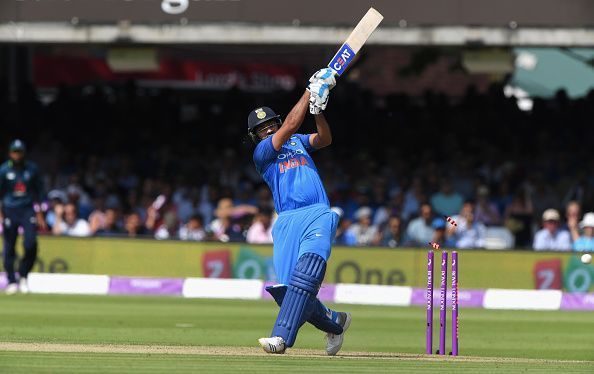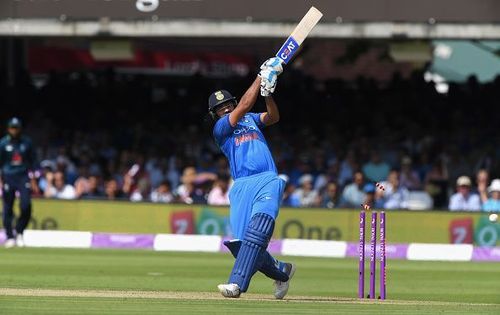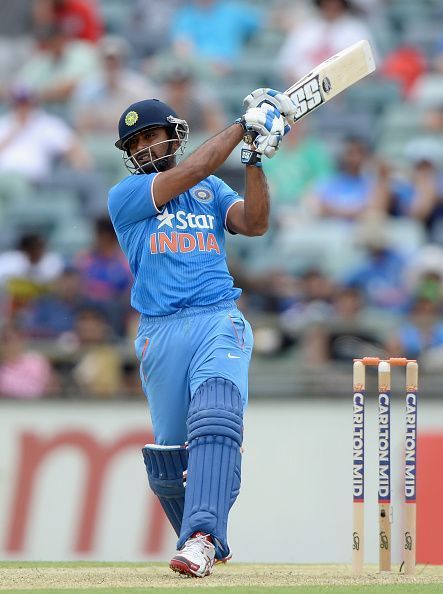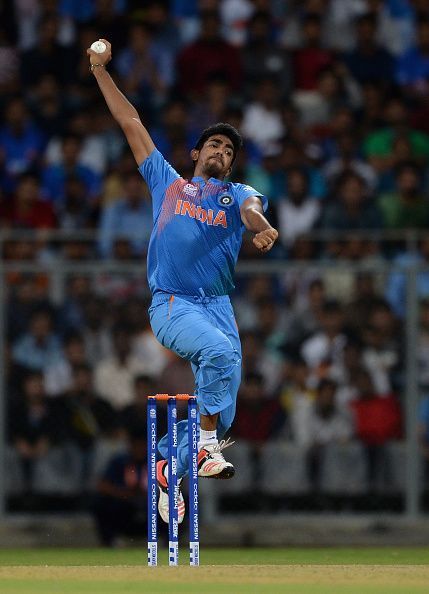
Asia Cup 2018: Strategy of Indian team in the final

The Indian team led by Rohit Sharma has outplayed all the opponents and became the first team to reach the final after a clinical performance against Pakistan. The Indian side struggled in the very first match against Hong Kong and was criticized heavily.
After the first match, the Indian team did not look back and won all the matches in dominant fashion. The opponents not only failed to score runs against the Indian bowling unit but also failed to dismiss the Indian batsmen.
India would most probably be fighting against Pakistan in the final to win the coveted trophy. In this tournament, it seems that the Indian side is much stronger than all other teams but we all know that cricket is a game of uncertainties and it's a blunder to take the opponents lightly. The Indian team management can make some significant changes in the final which would be treacherous for the opponents. Let's analyse them.
Match tied against Afghanistan: Once again, the middle order of the Indian team collapsed against Afghanistan. Five changes were made so that every player in the squad could get a chance to perform and claim his position in the team. Some players utilised this opportunity and showcased their talent while some of them failed to perform.
Deepak Chahar and Siddartha Kaul underperformed in this match. They not only conceded runs but also failed to take the wickets. Manish Pandey did not utilise the opportunity and scored only 8 runs. Rahul, on the other hand, played well and scored 60 runs. We can witness some changes in the final that would turn the tables for India.
Rahul at No.3: In this tournament, Rahul had not played any match but the way he played against Afghanistan is laudable and it would be a wise decision to include Rahul in the playing XI. He would consolidate the middle order and if the openers get dismissed early then he can build a good platform for the finishers.
The biggest advantage is that the bowlers of the opponents would not prepare a strategy against Rahul. This could be a great gamble but taking no risk is a big risk. Rahul has proved his skills by playing a classical knock of 60 runs against Afghanistan.

Rayudu at No.4: Ambati Rayudu has the potential to bat at any position in the batting unit but his team gets the best out of him when he opens the innings or bats at No.4. In the recent matches, Rayudu has played better than Dinesh Karthik.
Rayudu has showcased his finishing abilities in the IPL and he is a big match winner. The batting average of Rayudu is around 50 while Karthik has an average of 35. In the Asia Cup, Rayudu has made two half-centuries and also showed that he can adjust himself as per the situation. He scored 57 runs in just 49 balls which clearly indicates he has the calibre of hitting boundaries. So, Rayudu should be given the chance to bat at No.4.

Bumrah and Bhuvneshwar: The pacers of India can demolish any batting unit of the world. In this tournament, both of them have done a great job for the team. They are taking wickets from the get-go and are putting pressure on the opponents. It is difficult for the batsmen to hit the boundaries when Bumrah and Bhuvi bowl in the death overs.
It would not be wrong to say that the pacers of India are asking the unanswerable questions in the death overs. Deepak Chahar and Siddarth Kaul have to learn a lot. Their bowling was quite ineffective against Afghanistan.

Jadhav and Jadeja, the finishers: The finishing role must be assigned to Kedar Jadhav and Ravindra Jadeja as many a times Dhoni has failed to finish the game in the recent times. Dhoni will simply rotate the strike while Jadhav and Jadeja will have to take take the responsibility of hitting the boundaries.
In the beginning, Dhoni does not hit boundaries but in the last few overs, Dhoni can smash any bowler to reach the target. Dhoni showcased his finishing abilities in the last IPL season. He has the potential to finish any game but he can't hit the boundaries from the very first ball. It would be better to send him at No.4.